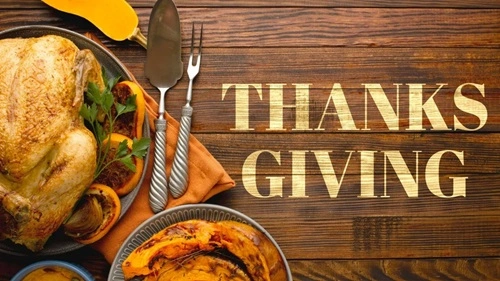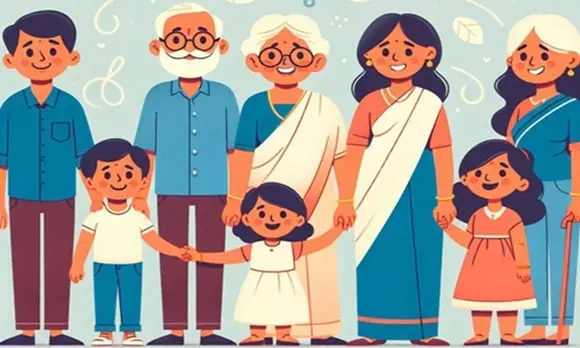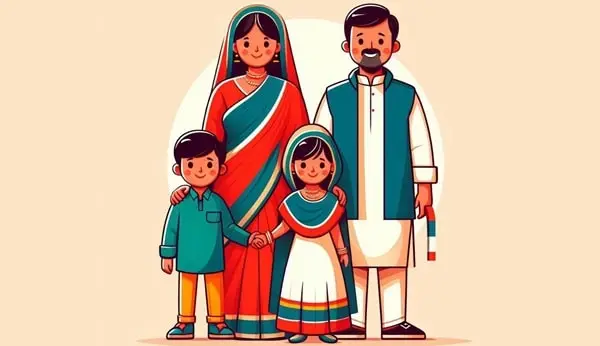Thanksgiving, traditionally a North American holiday rooted in early colonial history, has seen a unique evolution within Latin American communities, particularly among those residing in the United States. While Thanksgiving is not an official holiday in Latin American countries, the values it embodies—gratitude, family unity, and communal sharing—resonate deeply with Latino cultures. This cultural alignment has led to the adoption and adaptation of Thanksgiving celebrations among Latinos, especially in the U.S., blending traditional American customs with rich Latin American heritage.
Cultural Resonance and Adoption

The essence of Thanksgiving aligns closely with core Latino values. Family gatherings, expressions of gratitude, and communal meals are central to both Thanksgiving and many Latin American traditions. This synergy has facilitated the embrace of Thanksgiving by Latino communities in the United States, who infuse the holiday with their unique cultural flavors. As noted by Enlace Latino NC, “Thanksgiving Day aligns perfectly with deeply rooted values in Latino culture, such as gratitude, the importance of family, and a sense of community.”
Culinary Fusion
One of the most vibrant expressions of this cultural blend is observed in the culinary traditions of Thanksgiving among Latinos. While the traditional turkey remains a centerpiece, it is often seasoned with Latin spices or accompanied by staple dishes from various Latin American cuisines. For instance, tamales, a traditional Mesoamerican dish made from masa, are commonly prepared during this season. In Los Angeles, tamale season begins just before Thanksgiving and extends through early February, highlighting the integration of this dish into holiday celebrations.
Similarly, Puerto Rican families might serve pasteles, a dish made from green bananas and filled with meat, alongside the traditional Thanksgiving fare. These culinary adaptations not only honor the American tradition but also preserve and celebrate the rich gastronomic heritage of Latin America. As highlighted by Latino Times, “Latino families celebrate Thanksgiving similarly to traditional American families, but with a few variations in food and traditions.”
Religious and Communal Observances
In addition to family gatherings, some Latino communities incorporate religious observances into their Thanksgiving celebrations. Special church services or prayers of gratitude are held, blending elements of Latin spirituality with the symbolism of Thanksgiving. This practice underscores the importance of faith and community in Latino cultures. As reported by Enlace Latino NC, “In some communities, this celebration includes prayers or ceremonies of gratitude that combine elements of Latin spirituality with the symbolism of Thanksgiving.”
Influence of Migration and Cultural Exchange
The migration of Latinos to the United States has played a significant role in the adoption of Thanksgiving traditions. As Latino families settle in the U.S., they engage with American customs, leading to a natural blending of traditions. This cultural exchange enriches the holiday, making it more inclusive and reflective of the diverse fabric of American society. The adaptation of Thanksgiving by Latino communities exemplifies how cultural exchange fosters mutual understanding and enriches societal traditions.
Conclusion
The adoption of Thanksgiving by Latino communities, particularly in the United States, illustrates the dynamic nature of cultural traditions. By infusing the holiday with their own customs, culinary practices, and values, Latinos have transformed Thanksgiving into a celebration that honors both their heritage and their new cultural landscape. This evolution reflects the broader narrative of cultural integration and the creation of shared traditions that resonate across diverse communities.
For a visual exploration of how Latino families celebrate Thanksgiving, you may find the following video insightful:


